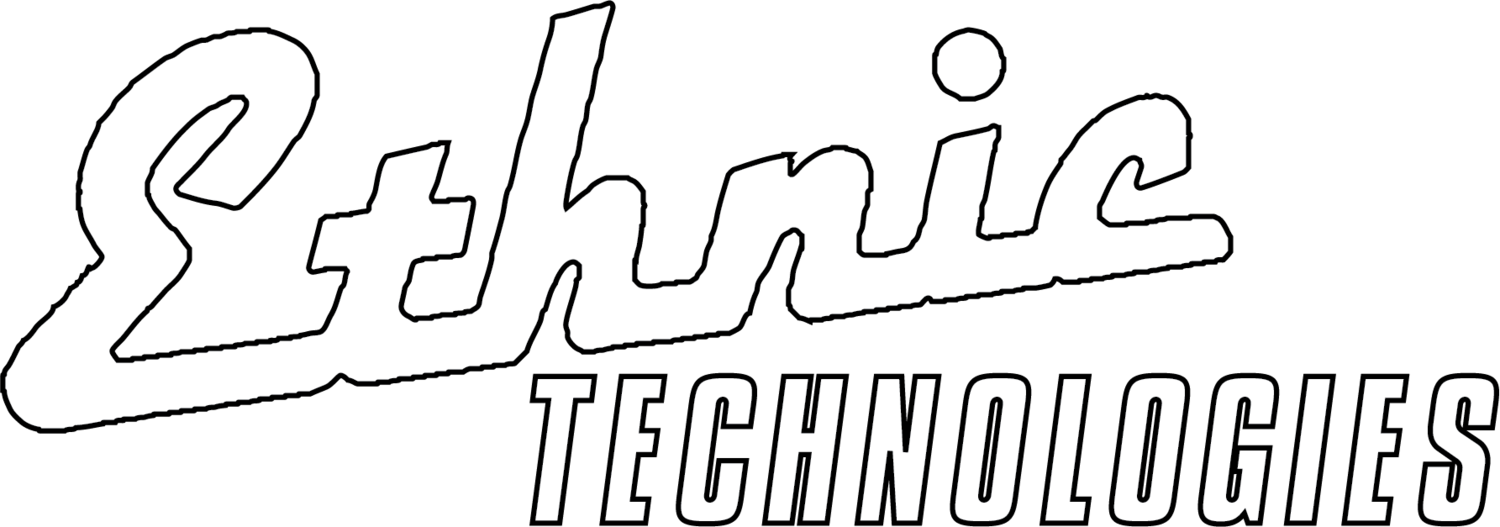Written by Lisa Spira
I always wait in shorter lines. What’s my secret? My surname starts with the letter S.
We tend to organize by surname. When in line at a conference registration table or polling location, for example, there will be two lines: A-M and N-Z. The English alphabet has 26 letters, so we arbitrarily split into groups between letters 13 and 14. Not every letter, however, is created equal.
If you consider the entire US population distributed by last initial, you’ll see a different “middle.” Almost all of the most popular letters (B, C, H, M) are in the first 13 letters. Only one (S) is in the latter half. To move people through lines more quickly, split the lines after the 11th letter: A-K and L-Z.
The more you understand who is waiting in line, however, the more efficiently you can distribute the lines.
In Hispanic neighborhoods, where the popular Rodriguez and Ramirez change the letter balance, split A-L and M-Z.
If primarily Indians are in attendance, move your split back to the alphabet’s 13th letter: A-M and N-Z. The post popular Indian names – Patel, Singh and Shah – are in the latter half of the alphabet.
For a Chinese audience, it’s challenging to create even lines. With popular names like Lee, Long, Li, Liu and Lin, the population is heavily concentrated right in the middle of the alphabet. Whether you put L with the first half or the second half, it’s an uneven split.
At the moment, I have a pretty good deal; I can walk right up to any counter, check in, and move along. Next time you put together an event, consider who will be in attendance, and consider their names. They’ll thank you, especially the Johnsons, Browns and Garcias.
